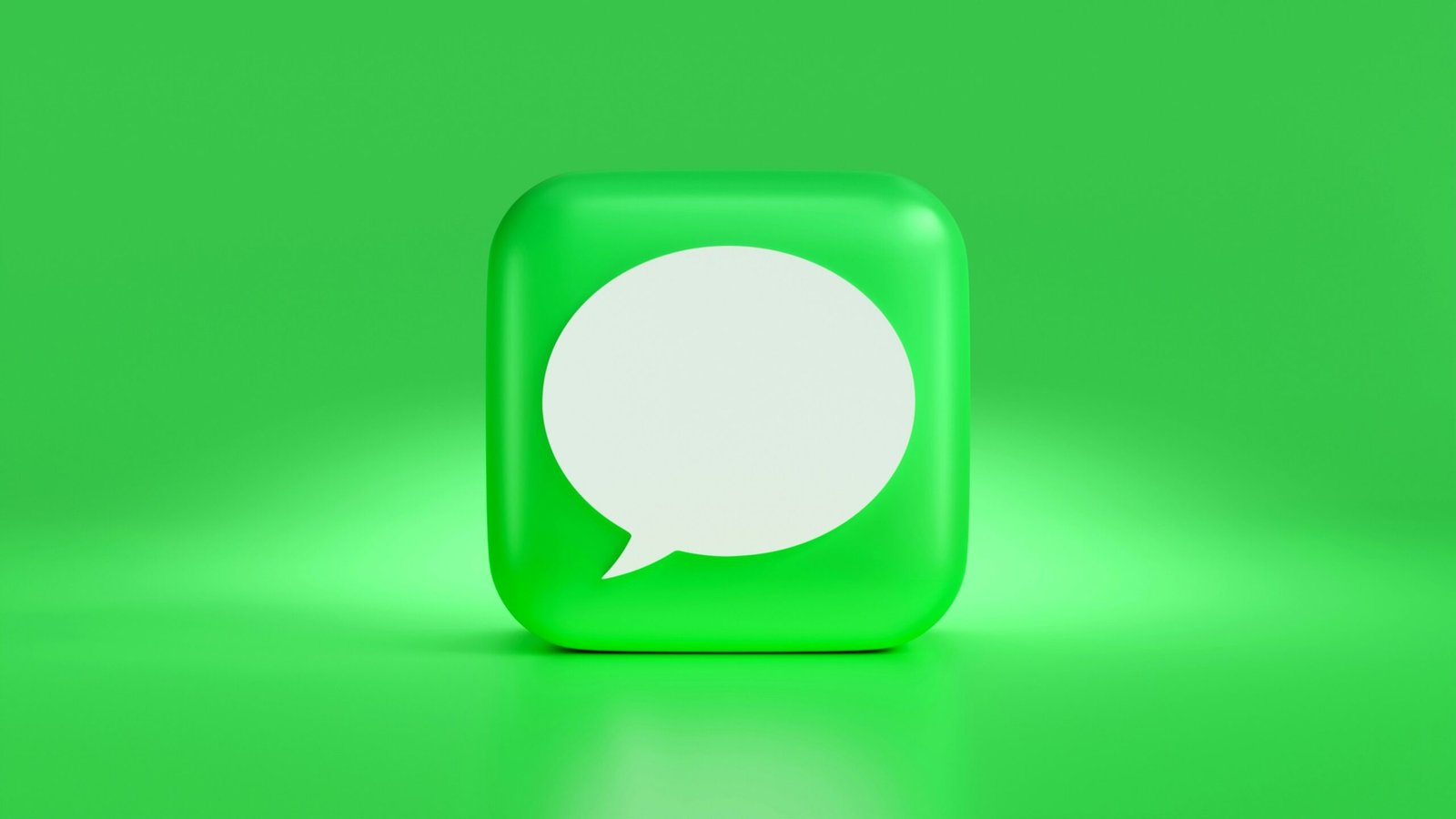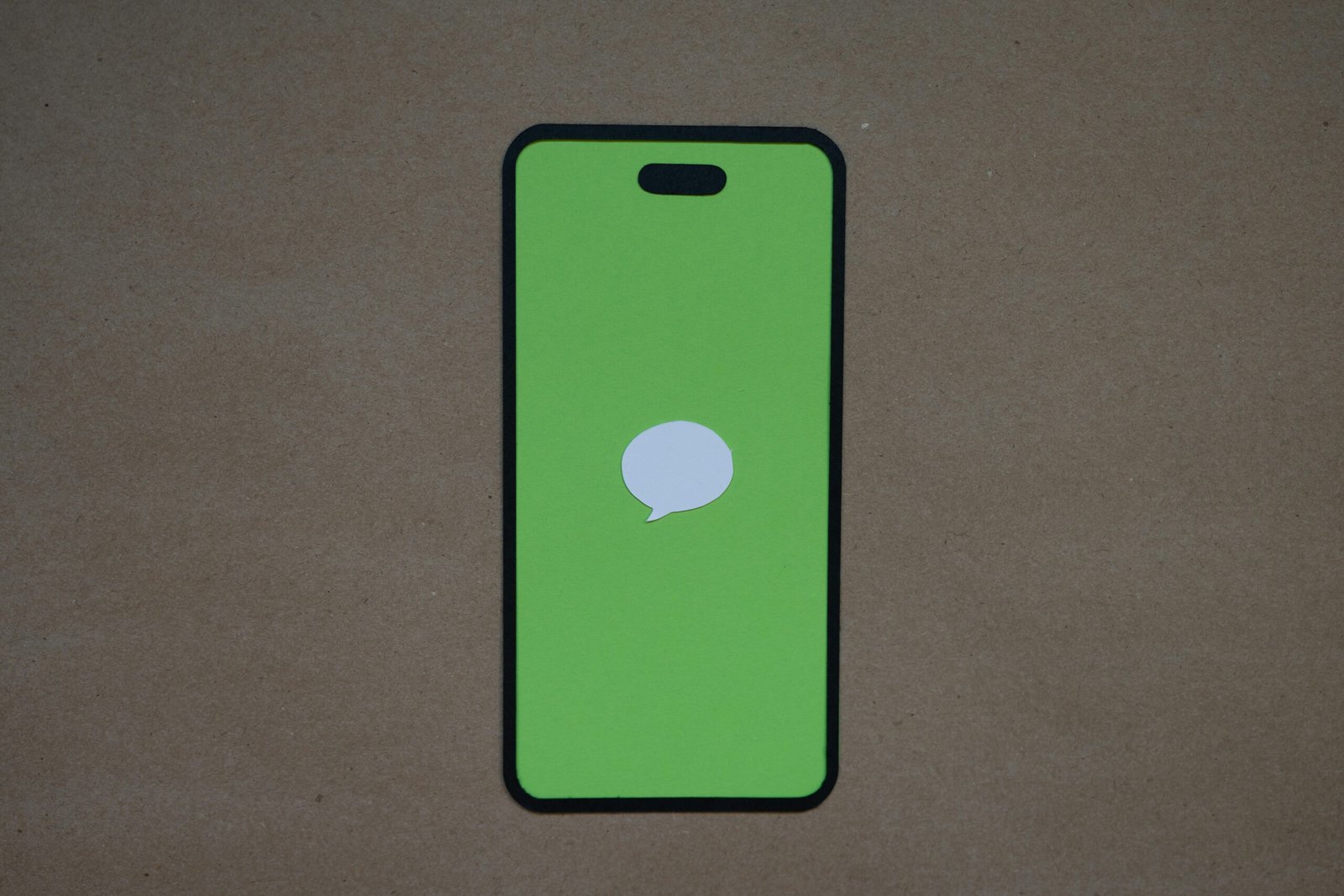How Do I Enable iMessages on My iPhone?
If you’re wondering about how to use iMessages on your iPhone, you’ve come to the right place! This article will guide you through the process of enabling iMessages on your iPhone step by step. By the end of this article, you’ll be able to start sending messages to your friends and family using this convenient messaging platform!

What is iMessages?
iMessages is Apple’s proprietary messaging service that allows you to send texts, photos, videos, and more to other Apple users for free. Unlike traditional SMS messages, iMessages use your data or Wi-Fi connection, which means you can avoid international text fees.
To get started with iMessages, you’ll need to make sure the feature is enabled on your iPhone. Here’s how you can do that.
Step 1: Check Your Network Connection
Before you enable iMessages on your iPhone, make sure that you have a stable network connection. Whether you’re connected to Wi-Fi or using cellular data, a strong internet connection is essential for iMessages to work properly.
Step 2: Update Your iPhone
Next, check if your iPhone is running the latest version of iOS. Software updates often come with bug fixes and improvements that can enhance the performance of features like iMessages.
To check for updates, go to Settings > General > Software Update. If an update is available, download and install it on your iPhone.
Step 3: Check iMessages Settings
Now, it’s time to check your iMessages settings to make sure the feature is enabled on your iPhone. Here’s how you can do it:
- Go to Settings on your iPhone.
- Scroll down and tap on Messages.
- Toggle the iMessage switch to enable the feature. The switch should turn green once it’s enabled.
How to Activate iMessages Using Your Apple ID
To fully utilize iMessages on your iPhone, you’ll need to activate the feature using your Apple ID. Your Apple ID is essential for syncing messages across your Apple devices and accessing additional iMessages features.
Step 1: Sign In With Your Apple ID
If you haven’t already signed in with your Apple ID on your iPhone, you’ll need to do so to activate iMessages. Here’s how you can sign in with your Apple ID:
- Go to Settings on your iPhone.
- Tap on Messages.
- Tap on Send & Receive.
- Select “Use your Apple ID for iMessages” and sign in with your Apple ID and password.
Step 2: Choose Your Send & Receive Settings
After signing in with your Apple ID, you can choose which email addresses or phone numbers you want to use with iMessages. This allows you to send and receive iMessages using multiple contact points.
To set up your Send & Receive settings:
- In the Send & Receive section, you’ll see a list of email addresses and phone numbers associated with your Apple ID.
- Toggle on/off the email addresses and phone numbers you want to use for iMessages.
- You can also choose a default address for starting new conversations.
Once you’ve set up your Send & Receive settings, you’ll be ready to start sending iMessages to your contacts!

Troubleshooting iMessages Activation Issues
If you’re experiencing issues activating iMessages on your iPhone, don’t worry! Here are some common problems users encounter and how you can resolve them.
Issue: “iMessage Waiting for Activation”
If you see the message “iMessage Waiting for Activation” on your iPhone, it means that there’s an issue activating the service. Here’s how you can troubleshoot this problem:
- Check Your Network Connection: Make sure you have a stable internet connection before activating iMessages.
- Update Your iPhone: Ensure that your iPhone is running the latest version of iOS.
- Restart Your iPhone: Try restarting your device to refresh its settings.
- Contact Your Carrier: If the issue persists, reach out to your carrier to check if there are any restrictions on activating iMessages.
Issue: “iMessage Activation Unsuccessful”
If you’re unable to activate iMessages and see the message “iMessage Activation Unsuccessful,” follow these steps to troubleshoot the problem:
- Check Your Apple ID: Make sure you’re signed in with the correct Apple ID in the iMessages settings.
- Verify Your Phone Number: Ensure that your phone number is correct and up to date in your device settings.
- Reset Network Settings: Go to Settings > General > Reset > Reset Network Settings. This action will reset your network settings, including Wi-Fi passwords and VPN configurations.
- Contact Apple Support: If none of the above solutions work, reach out to Apple Support for further assistance.
By following these troubleshooting steps, you should be able to resolve any activation issues with iMessages on your iPhone.
How to Send iMessages on Your iPhone
Now that you’ve successfully enabled iMessages on your iPhone, it’s time to start sending messages to your friends and family! Here’s how you can send iMessages using your iPhone:
Step 1: Open the Messages App
To start sending iMessages, open the Messages app on your iPhone. Look for the green message icon with a white speech bubble and tap on it to launch the app.
Step 2: Compose a New Message
Once you’re in the Messages app, tap on the compose icon (typically a pencil and paper) to start a new message. You can choose a contact from your list or enter a phone number or email address manually.
Step 3: Type Your Message
After selecting a contact, type your message in the text field at the bottom of the screen. You can also add emojis, photos, videos, or other attachments to your message by tapping on the corresponding icons.
Step 4: Send Your Message
Once you’ve composed your message, tap the send button (typically a blue upward arrow) to send it to your contact. Your message will be delivered as an iMessage if the recipient is using an Apple device.

Understanding iMessages Features
iMessages come with various features that can enhance your messaging experience on your iPhone. Here are some key features of iMessages and how you can use them:
Emojis and Stickers
You can easily add emojis, stickers, and GIFs to your iMessages by tapping on the smiley face icon in the text field. Express yourself with a wide variety of emojis and stickers that can add personality to your messages.
Digital Touch
Digital Touch allows you to send sketches, taps, heartbeats, and more in your iMessages. To access Digital Touch, tap on the heart with two fingers icon in the Messages app and start creating your digital message.
Animoji and Memoji
If you have an iPhone with Face ID capability, you can send Animoji and Memoji messages to your contacts. These animated characters mimic your facial expressions and voice, adding a fun element to your conversations.
Tapbacks
Tapbacks allow you to quickly respond to a message with a simple gesture. Tap and hold a message bubble, choose a Tapback icon (thumbs up, thumbs down, heart, laughing face, etc.), and send it to react to the message.
Understanding iMessages Encryption
One of the key benefits of using iMessages is its end-to-end encryption, which ensures that your messages are secure and private. End-to-end encryption means that only you and the recipient can read the messages, and not even Apple can access the content.
How End-to-End Encryption Works
When you send an iMessage, it gets encrypted on your device before being transmitted to Apple’s servers. Apple’s servers distribute the encrypted message to the recipient’s device, where it gets decrypted for viewing.
Benefits of End-to-End Encryption
End-to-end encryption protects your messages from being intercepted or accessed by hackers, government agencies, or other third parties. It enhances your privacy and security while communicating with others using iMessages.
Frequently Asked Questions (FAQs)
Can I Use iMessages on Non-Apple Devices?
iMessages is exclusive to Apple devices like the iPhone, iPad, and Mac. However, you can use alternative messaging platforms like WhatsApp, Facebook Messenger, or Google Messages for cross-platform communication.
Are iMessages Free to Send?
iMessages are free to send using your data or Wi-Fi connection. Unlike traditional SMS messages, iMessages don’t incur additional charges for sending texts, photos, videos, or other media files.
Can I Use iMessages Internationally?
Yes, you can use iMessages internationally to send messages to other Apple users worldwide. As long as you have an internet connection, you can communicate with your contacts using iMessages regardless of their geographic location.
Conclusion
In conclusion, enabling iMessages on your iPhone is a straightforward process that allows you to send secure and private messages to other Apple users. By following the steps outlined in this article, you can activate iMessages, troubleshoot common activation issues, and start sending messages with ease. Enjoy the convenience and features of iMessages on your iPhone and elevate your messaging experience today!







